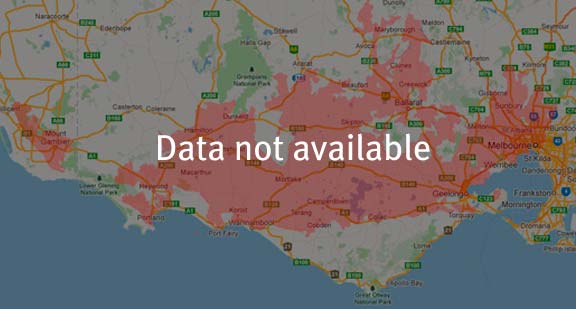A range of teacher professional learning programs will be developed to accompany the Biodiversity of the Western Volcanic Plains online outreach...

Centipede
Cormocephalus sp.
"Nocturnal. Centipedes are the only arthropods to have a pair of modified legs (forcipules) found behind the head, which are used to inject venom to paralyse and capture prey.
"
| Details | Description |
| Type | Invertebrate |
| Group | Chilopod - Centipede |
| Identifying Characteristics | |
| Distinctive Markings | One pair of legs per body segment. |
| Diet | Carnivore. Eats insects, snails, worms, other smaller centipedes and sometimes plants. Centipedes are eaten by reptiles, birds and mammals. |
| Habitat | Prefers moist conditions such as soil and leaf litter or under stones or bark. Occurs in urban areas, forests and woodlands. |
| Native Status | Native to Australia |
| Bites/Sting | These centipedes may bite if disturbed or handled. The bite may cause severe pain and associated swelling. |
| Taxonomy | |
| Phylum | Arthropoda |
| Class | Chilopoda |
| Order | Scolopendromorpha |
| Family | Scolopendridae |
| Genus | Cormocephalus |
| Species | sp. |

Distribution maps indicate current and historic locations where species have been sighted.
Source: Atlas of Living Australia
| Conservation Status | |
| DEPI Advisory List | Not listed |
| FFG Act | Not listed |
| EPBC Act | Not listed |
The conservation status of species is listed within Victoria and Australia.
The Department of Environment and Primary Industry (DEPI) Advisory List consists of non-statutory advisory lists of rare or threatened flora and fauna within Victoria.
The Flora and Fauna Guarantee Act 1988 (FFG Act) lists threatened species in Victoria. Under the Act, an Action Statement is produced for each listed species.
The Environment Protection and Biodiversity Conservation Act 1999 (EPBC Act) is the Australian Government’s key piece of environmental legislation, listing nationally threatened native species and ecological communities.



